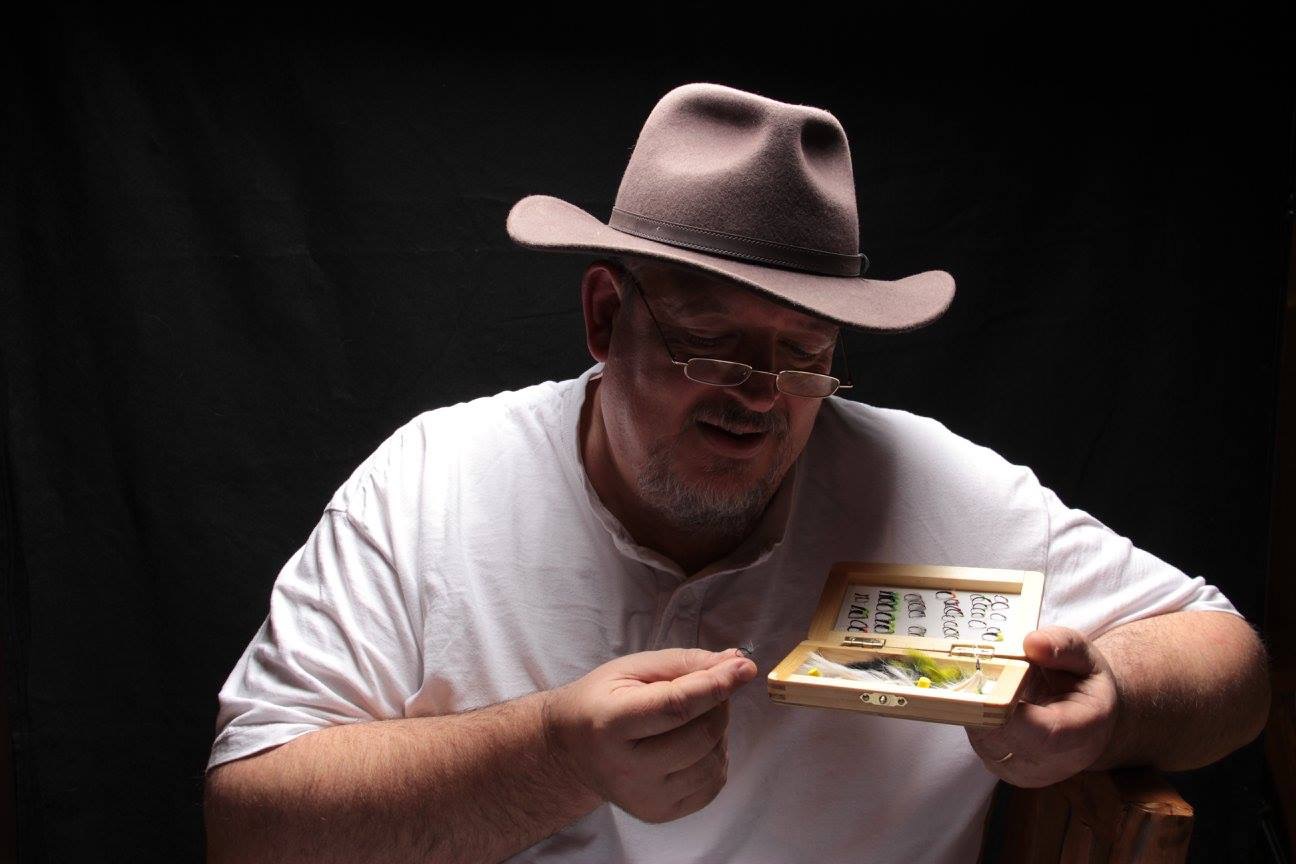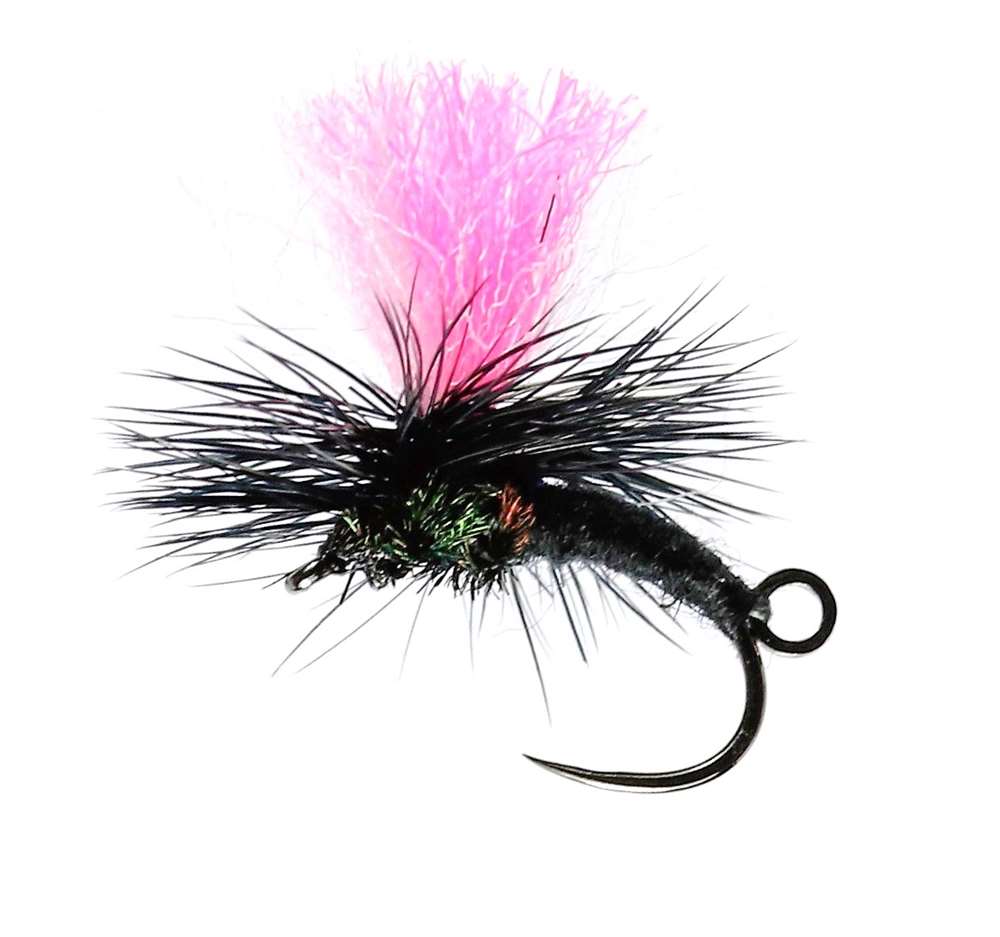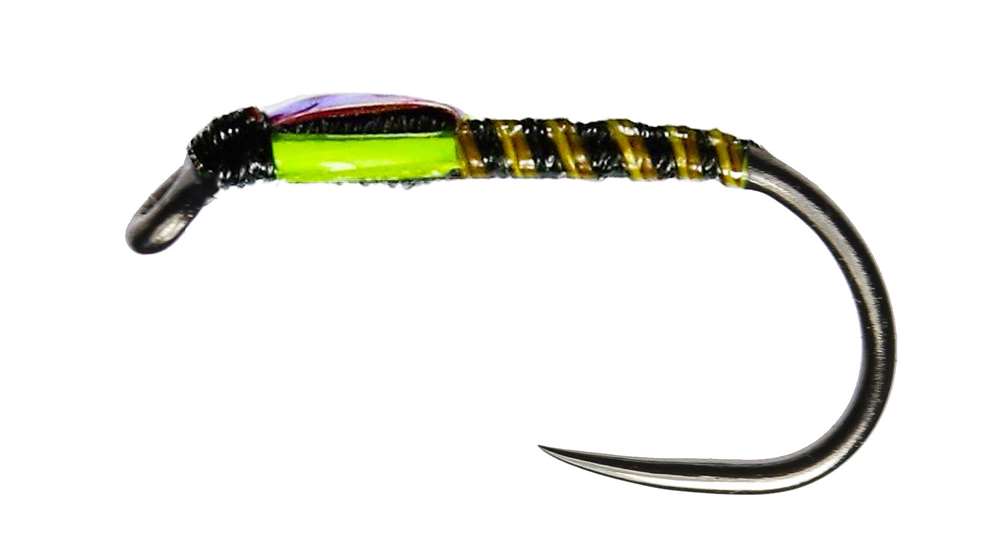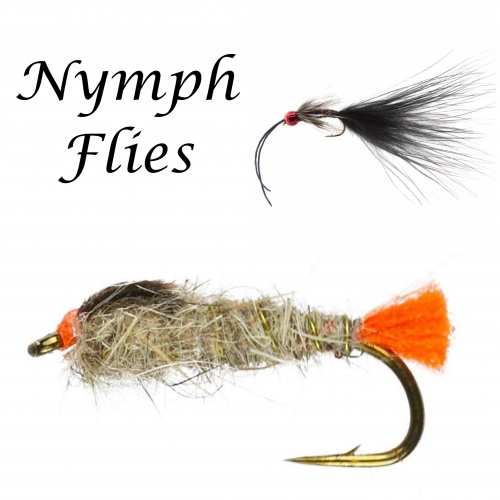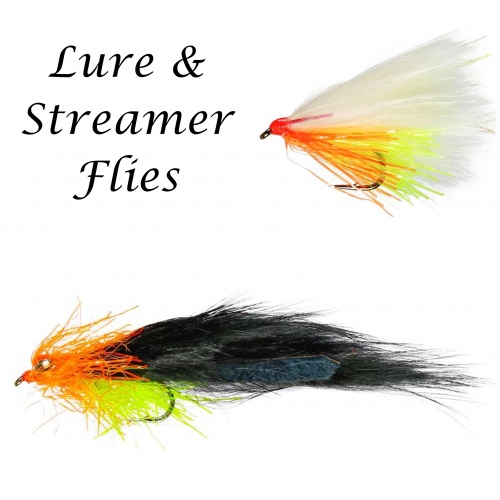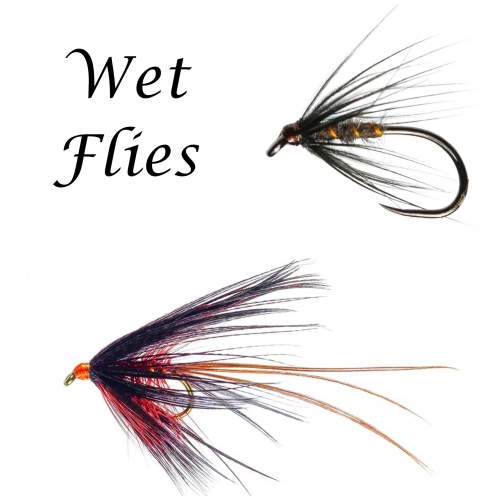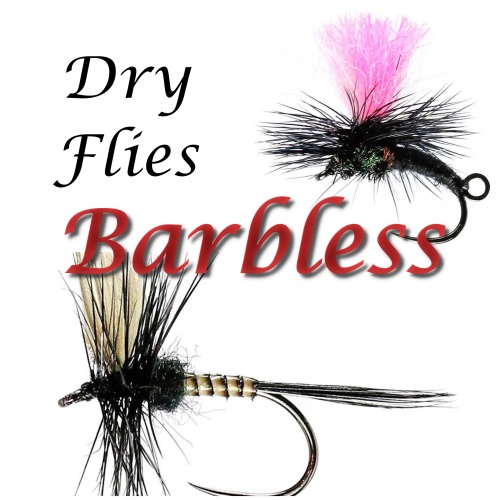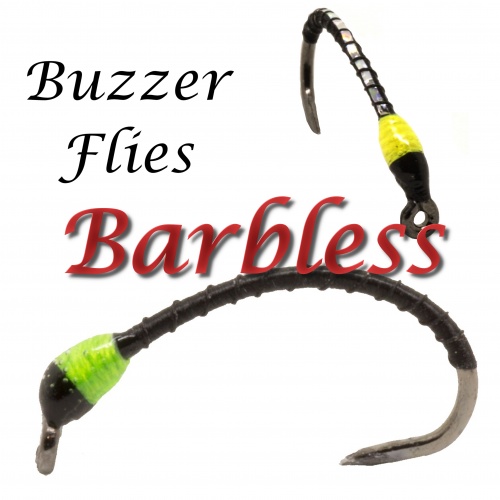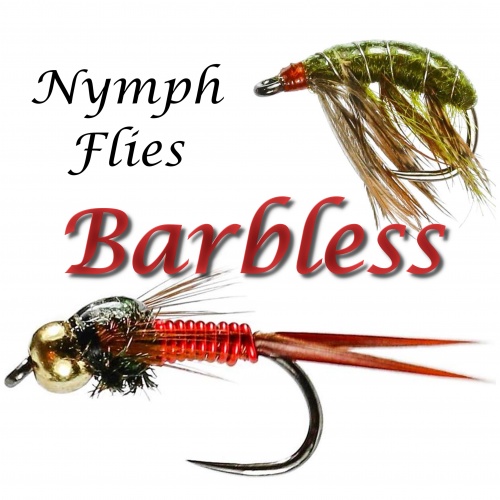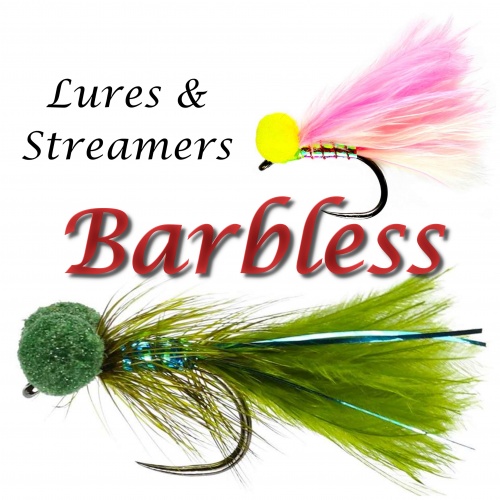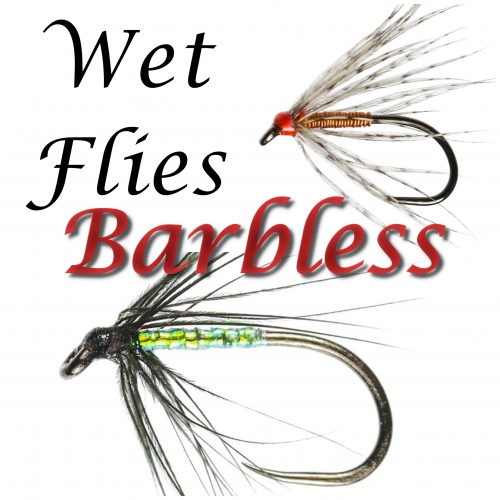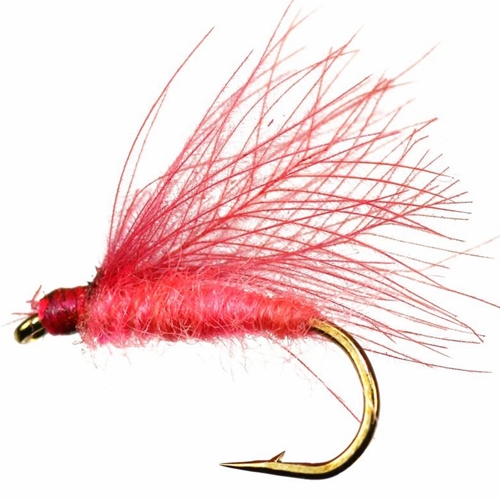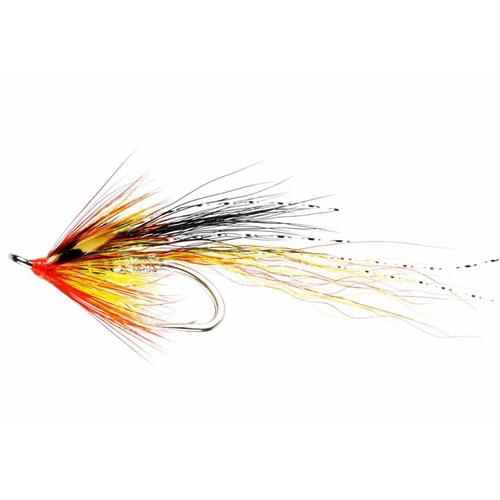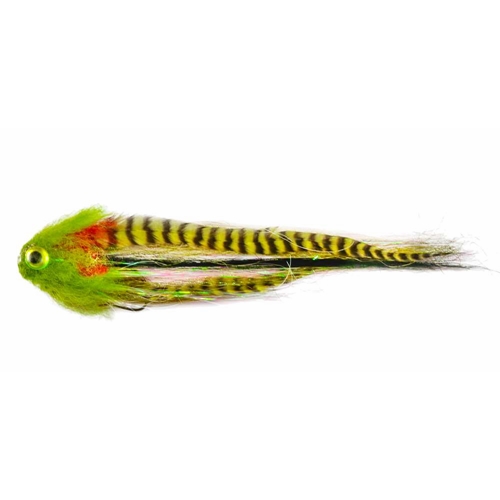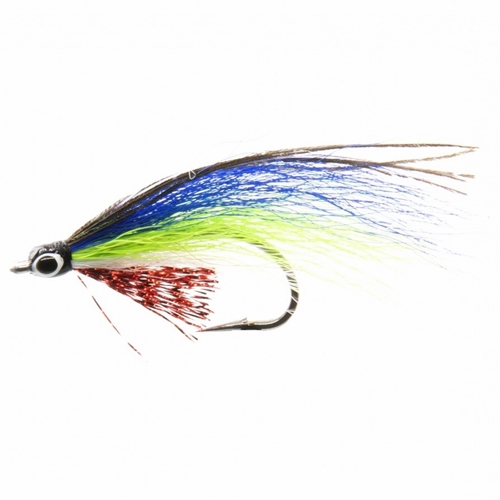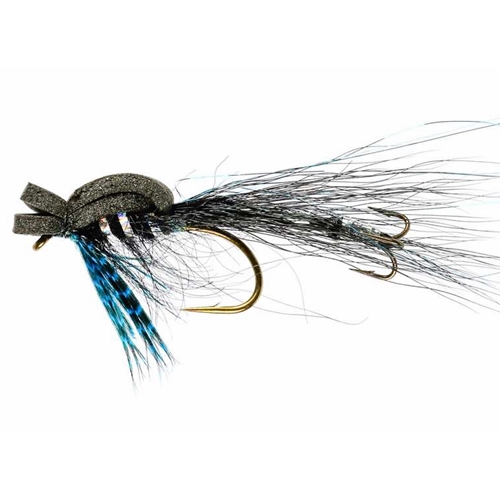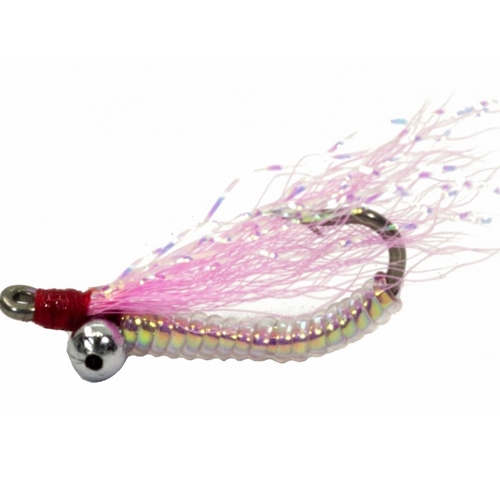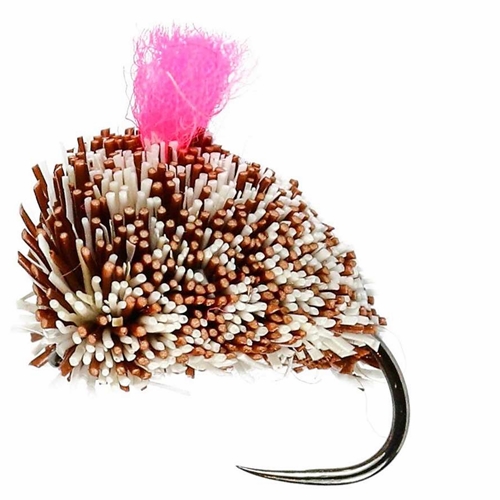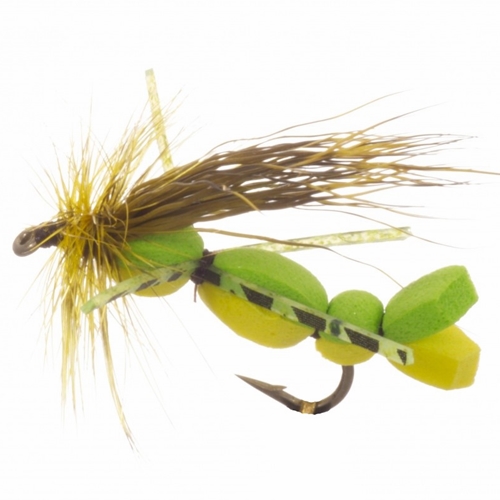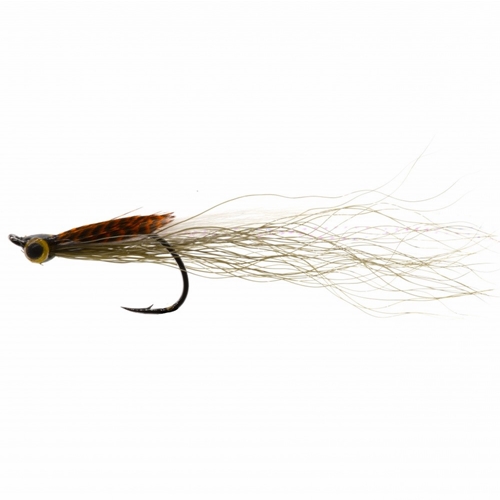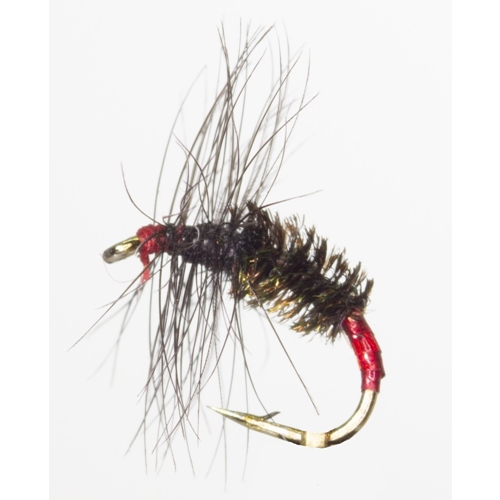This is the final blog for now on stoneflies in fly fishing.
Stoneflies typically have three stages in their life cycle of incomplete metamorphosis. These are: nymph, adult, and sexually mature adult. As far as fly fishing goes, there are two main points during this life cycle that need distinct artificial fly imitations. These imitation points are those of the nymph and adult.
To fish a nymph imitation you will exclusively do so in the subsurface. This method is designed to imitate the stonefly during the major portion of its pre-adult stage and immediately prior to its final, on-land moult to adulthood. You will fish an adult stonefly dry on the water's surface, which in general imitates a sexually mature female in the midst of her strenuous egg laying process.
When packing your fly box with stonefly imitations, you should be sure to research the species of stonefly most commonly found in the waters of your preferred destination. In a similar way to fishing a local caddis hatch, matching both size and color of the local stonefly population can make the difference between a very average and an extraordinary day on the water.
Because stoneflies spend the largest chunk of time in the nymph stage and are most vulnerable to trout on their trip from water to land, never set out on a fishing trip without a solid selection of stonefly nymphs on hand. It’s a great idea, too, to have a good selection of adult stoneflies in different of colors and sizes either. When fly fishing, it’s worth remembering that stoneflies are not great fliers, and are often blown from their landward perches into the drift, where they are helpless against a waiting trout.
